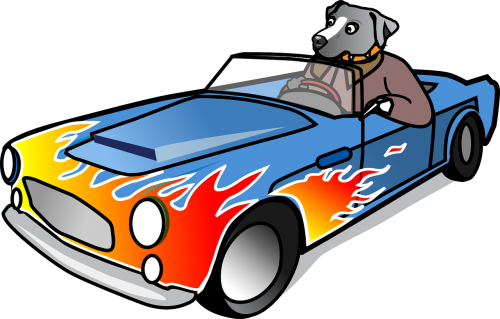
Most properly licensed persons who drive cars (including vans, SUVs, hybrids, crossovers or pickup trucks) are eligible for policies designed for standard and preferred drivers. In the insurance world, standard and preferred refer to those who typically:
- ·Drive vehicles that are relatively inexpensive to repair or replace
- ·Do not use their cars for business
- ·Have good driving habits
- ·Do not suffer impairments that seriously affect their ability to drive
- ·Do not rack up an inordinate amount of annual mileage
- ·Have few accidents and/or traffic violation
Drivers who fall outside of the typical range of vehicle operators qualify as non-standard drivers.

Generally, non-standard drivers cause more losses so insurance companies may charge them substantially higher premiums or restrict the amount and type of coverage. Besides charging higher premiums, non-standard insurers often charge additional amounts for tickets and accidents. Limits are controlled by offering limits that match what is required by state laws or offering limits slightly higher than these minimums, but which are far less than what is provided by standard and preferred programs. Non-standard programs often are more restrictive, excluding coverage for situations such as special or custom vehicle features (stereo systems, custom wheels, special paint jobs, engine enhancements, etc.). These programs may also bar coverage for more situations, such as when a loss involves a car that the driver has either rented or borrowed.
Being classified as a non-standard driver is often a temporary situation that can change with the passage of time, such as newly licensed drivers, or drivers who had a period of several tickets or accidents. Other situations involve the opposite, where drivers may be re-classified because of having a medical impairment or who reach a very advanced age. Other reasons for re-classification may be due to the vehicle, such as operating a car that is too old to be written by standard insurers, as well as cars that are highly customized, are very expensive or are designed for higher performance.
There are a number of reasons why a driver’s only option is the non-standard market, including merely having a preference for a minimum amount of insurance protection. However, it is a market that provides full coverage (protecting against legal liability for causing loss to others and protecting against damage to one’s own vehicle), though the coverage is not as broad or economical as what is available from the standard market. Regardless, this market performs a critical role that permits a greater number of drivers and vehicles to get needed insurance protection.
COPYRIGHT: Insurance Publishing Plus, Inc. 2017
All rights reserved. Production or distribution, whether in whole or in part, in any form of media or language; and no matter what country, state or territory, is expressly forbidden without written consent of Insurance Publishing Plus, Inc.

 Contact
Contact
 Email an Agent
Email an Agent

 Click to Call
Click to Call Get Directions
Get Directions


